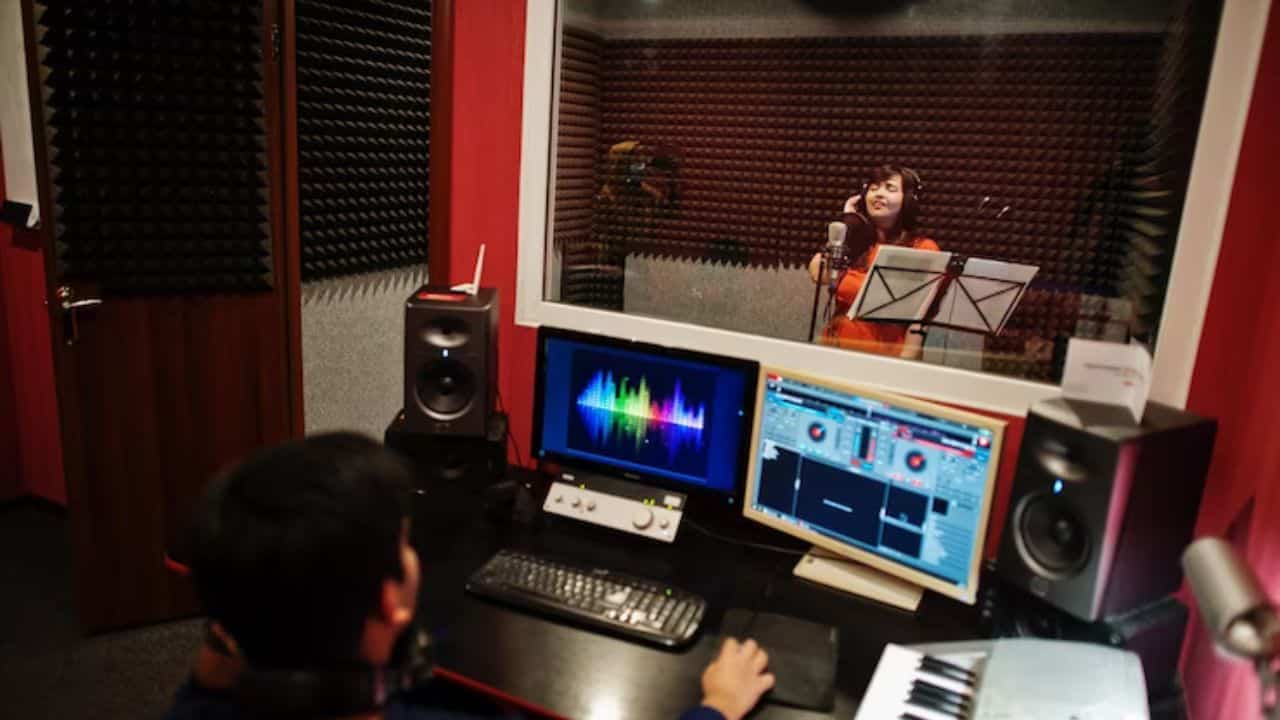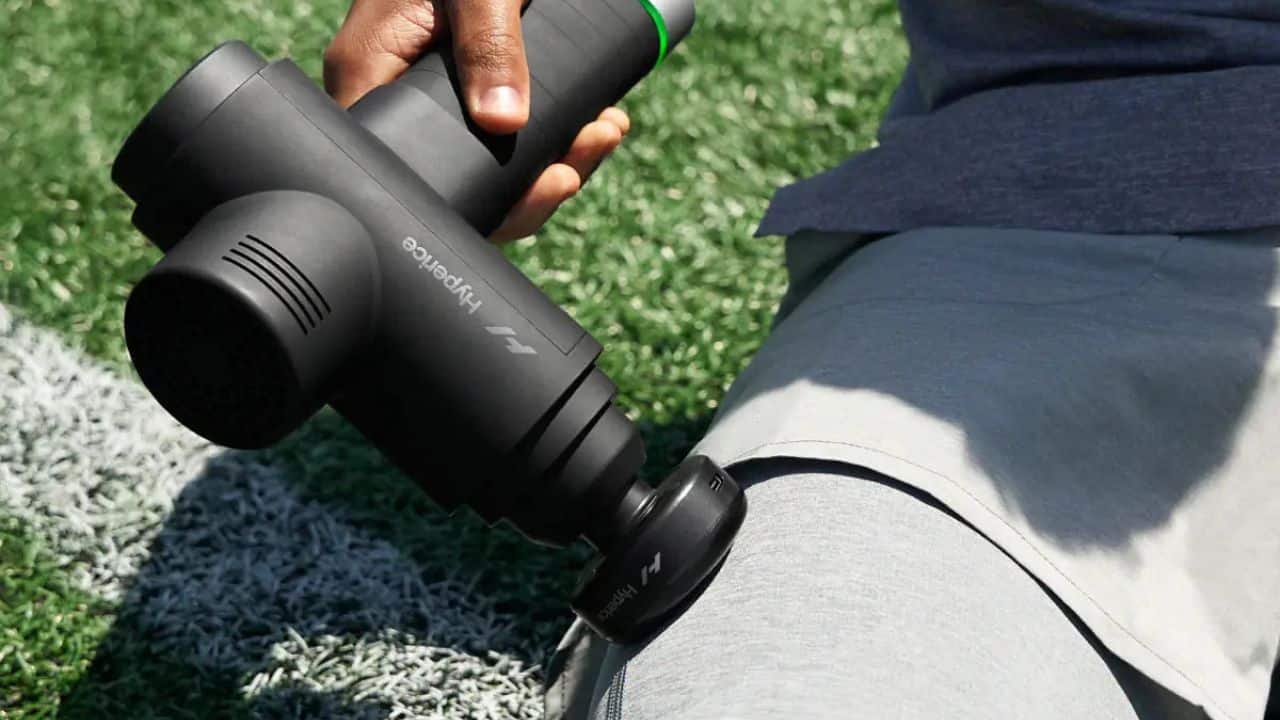Have you ever been to a music production studio? It is the place where music is mixed, arranged, and recorded for the final outcome.
Music production is a fascinating process that involves creativity, expertise, and advanced technology. Behind the scenes of any great album or hit song is a music production studio. This is where the artist goes to record their tracks and bring their musical vision to life.
In this blog post, we’ll take you on a journey inside a professional music production studio so you can get an idea of how it all comes together. So let’s read on to know more.
Understanding the Basics
At its core, music production involves three key elements: composition, recording, and mixing. It all starts with composing the music, writing lyrics (if applicable), and creating arrangements for various instruments or sounds. Once that’s done, recording takes place in a soundproof room with world-class equipment like microphones and studio monitors.
The final step is mixing – blending all of the recorded tracks into one cohesive sound that represents the artist’s vision while also ensuring it meets industry standards for commercial release.
A Day in The Life Of A Music Producer
When an artist arrives at a professional music production studio to start work on their project, they are generally greeted by a team of producers who will be responsible for producing their work. This may include one or more producers who specialize in different areas, such as composing or mixing.
The first step is to review any pre-recorded demos provided by the musician(s). From there, producers develop ideas for boosting each track’s overall quality while staying true to what the artist wants.
Once everyone agrees on these initial notes/changes/suggestions/goals, work begins on capturing performances at high fidelity levels via microphones and other equipment used during audio engineering sessions until there are no further visible deficits left after listening back.
The creative process itself doesn’t end with just capturing sounds from traditional instruments like drums, pianos, and guitars, among others. Producers also use synthesizers and specialized software packages to create new beats as well.
At some point, the artist will begin recording their vocals and other instruments. The producer will be there from the beginning to oversee the entire process, ensuring that each aspect of the performance is captured perfectly.
Musical Arrangements
One of the most crucial aspects of a music production studio session is creating musical arrangements before every song gets by vocalists for overdubbing takes or instrumental sessions. These are essential blueprints that outline a song’s beats, tempo, structure, and different sections’ length, such as choruses versus verses.
To save time during rehearsals before recording (and at appropriate venues), it is vital that musicians practicing together know what they plan to play so there won’t be any new ideas not fitting someone else’s interpretation.
These rehearsal sessions include being supervised by producers who have been responsible for designing this conceptual work.
Using Technology in Music Production Studios
A key part of any music production studio is technology. This includes tools like mixing consoles or audio workstations used by sound engineers to enhance recordings with plug-ins that mimic various effects such as echo or distortion.
Another key element of modern studios’ technological setup is through plugins which sometimes come with preinstalled apps specifically aimed at CAD software packages containing musical creation suites having versatile tools ranging from synthesizer programs all around.
There are also specialized electronic hardware devices, including onboard compressors, which change how sounds decay over time rather than emphasizing higher frequencies only. Bringing affect down into lower ranges makes them thicker without clashing harmonic tonalities present.
Ultimately, this involves bringing together 25-20 pieces like drums, bass guitars, keyboards, vocals and others. Furthermore, these files can easily be manipulated via any DAW software, enabling producers to edit extensively after tracks already recorded, saving heaps of resources and invaluable editing capabilities, among other electronic dreamscape control systems, when producing music pieces clients want.
In Conclusion
Music production studios represent creativity meeting technological advancement. The process itself requires strong collaboration between all players to help execute a client’s vision. Whether an artist is looking to break into the music industry or simply produce amazing tracks for their own enjoyment, there are many such projects and examples throughout music history of people taking this art seriously. So in case you are a music enthusiast or trying to make an entry into the music industry, try contacting professional music production studios near you today!






































